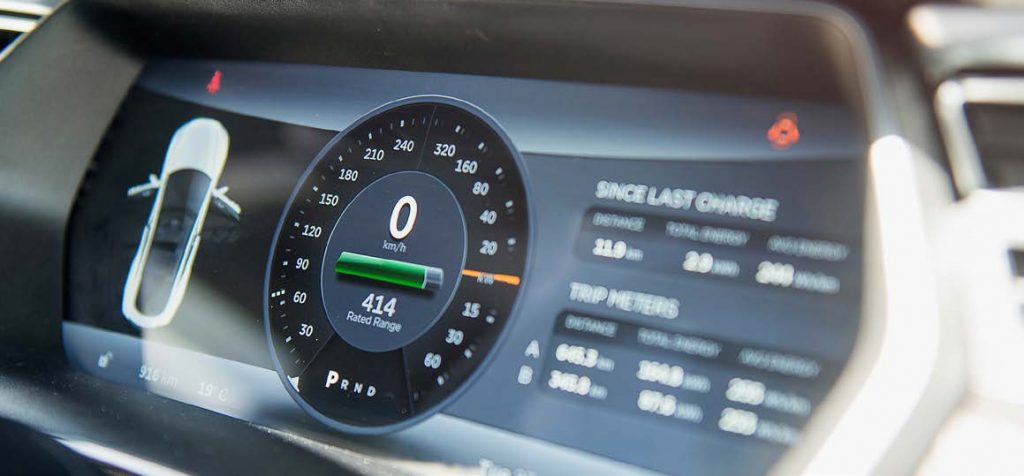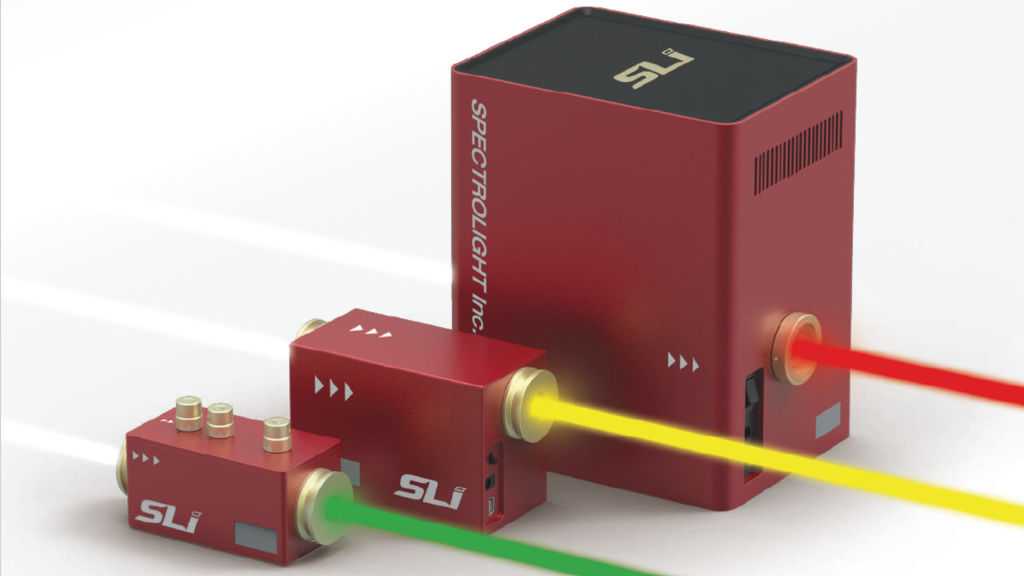
Elevating industrial surveillance using the Picanet system plus CAN ar glasses XL technology
The surging sophistication of advanced automated processes platforms obligates robust tracking and diagnostic instruments. Incorporating Picanet, a cutting-edge communication protocol engineered solely for engineering scenarios, integrated with the elevated capabilities of CAN XL, offers a efficient solution for immediate network tracking. CAN XL's lengthened data channels and reach enable seamless integration with Picanet networks, providing efficient conveyance of fundamental operational data. This article considers the advantages of employing Picanet observation with CAN XL in manufacturing automation applications, spotlighting its role on system effectiveness.
- What's more, this method facilitates preventive maintenance by offering valuable information into system health and foreseeable issues ahead of they worsen.
- The flexibility of Picanet, paired with CAN XL's extended capabilities, constitutes it an superior solution for a large-scale spectrum of automated systems deployments.
Applying Vuzix Smart Glasses for Remote Observation
Vuzix smart glasses are steadily arising a handy gadget in the field of remote surveillance. These state-of-the-art devices facilitate operators to survey live visuals from diverse locations, granting a hands-free and captivating perspective. With their portable design and accessible control, Vuzix smart glasses enhance uncomplicated remote monitoring tasks.
- As well, Vuzix smart glasses can be linked to existing surveillance systems, empowering for a seamless workflow.
- This connection elevates situational awareness by providing personnel with a thorough understanding of the surveyed environment.
The multi-functionality of Vuzix smart glasses adapt them to a varied selection of operations, including security patrols, plant supervision, and emergency response. As progress continues to mature, we can project even greater uses for Vuzix smart glasses in the space of remote surveillance.
Development and Deployment of CAN Relay Control
This document investigates the design and execution of a tough CAN-based relay control system. Capitalizing on the properties of the Controller Area Network (CAN), this system permits synchronous communication between a head controller and dispersed relay modules. The framework incorporates intricate methods to ensure exact control of the relays, boosting system performance. Moreover, this network manifests the pros of CAN technology in automated applications, where consistent control is paramount.
- A system contains a central controller, relay modules, and a CAN bus.
- CAN offers a shared communication channel for the manager to govern relay states.
- Such software framework is created to handle interaction between the controller and relay modules.
Execution of this system necessitates device design, software development, and architecture integration. Rigorous testing is administered to validate the functionality and efficiency of the system under a range of operating situations.
Monitoring Relay Status in Real Time using PCAN Interfaces
Applying PCAN interfaces supplies a stable solution for real-time monitoring of relay status within mechanical automation and control systems. These high-speed communication interfaces facilitate seamless data transfer between PLCs, microcontrollers, and host computers, granting constant observation of relay activation states. The ability to scrutinize relay behavior in real time supplies invaluable insights into system performance, authorizing fast response to potential issues or malfunctions.
- PCAN interfaces deliver a reliable platform for real-time data acquisition from relays.
- Real-time monitoring of relay status facilitates efficient troubleshooting and maintenance.
- In addition, PCAN interfaces enable high data transfer rates, providing accurate and timely relay status updates.
Advanced CAN Bus Data Visualization Using Vuzix XR
Unlocking the potential of real-time automotive diagnostics and analysis has become increasingly crucial in today's connected world. Vuzix XR smart glasses equip an innovative platform for visualizing advanced CAN bus data, granting engineers and technicians a hands-free, immersive insight into vehicle systems. Through advanced rendering techniques, critical parameters such as speed, temperature, and fuel levels are presented in a visible and minimalistic manner, overlaid onto the user's visual scope. This groundbreaking approach strengthens technicians to speedily identify anomalies, diagnose issues accurately, and ultimately streamline maintenance procedures.
- The combination of Vuzix XR's augmented reality capabilities with comprehensive CAN bus data association presents a transformative solution for the automotive industry.
- By leveraging live data streams, engineers can monitor vehicle performance with unparalleled precision, gaining valuable comprehension that drives innovation and efficiency.
- The hands-free nature of Vuzix XR facilitates technicians to competently work on vehicles while simultaneously accessing critical information, maximizing productivity and safety.
Remote Access to Relays on CAN XL Platforms
CAN XL's extended data frame length furnishes a potent platform for long-range accessing and controlling relays. This article reviews the implementation of utilizing CAN XL for relay management, focusing on its good features. By utilizing the CAN XL framework, users can easily monitor and manipulate relay states from a coordinated location. This approach grants elevated system adaptability and lessens the need for physical access with relays.
- What's more, CAN XL's inherent sturdiness ensures fault-tolerant communication even in rough environments.
- Because of this, realms such as automated processes can take advantage of CAN XL to build more advanced and autonomous systems.
Predictive Maintenance for Relay Systems Using CAN XL and Machine Learning
In the progressively automated world of industrial operations, verifying the reliability and uptime of indispensable equipment is important. Relay systems, key components in many automation configurations, are prone to wear and tear over time, potentially leading to failures and costly downtime. To mitigate these risks, incorporating predictive maintenance strategies has become imperative. CAN XL, a high-speed, robust communication protocol, furnishes a suitable platform for gathering real-time data from relay systems. By utilizing the capabilities of Machine Learning algorithms, this data can be evaluated to spot patterns and anticipate potential failures before they happen.
- Machine Learning models can be trained on historical data from relay systems to generate norms for normal operation.
- Real-time data collected via CAN XL can then be compared against these baselines, permitting the detection of deviations that may indicate impending failures.
- By reviewing this information, predictive maintenance systems can provide alerts to technicians, permitting timely intervention and stopping costly downtime.
Picanet and CAN XL for Advanced Smart City Oversight
Progressive intelligent municipalities are rapidly reliant on robust and proficient infrastructure monitoring systems. To handle this heightened need, innovative technologies like Picanet and CAN XL are coming forth as groundbreaking solutions. Picanet's diffused architecture permits seamless data communication across a wide field, while CAN XL offers enhanced bandwidth and longer transmission stretches. By merging these technologies, cities can achieve real-time monitoring of critical infrastructure assets such as traffic flow, energy grids, and environmental sensors. This unified approach advances smarter decision-making, optimizes workflow productivity, and ultimately uplifts the prosperity of urban residents.
Using Vuzix AR Headsets for Relay Inspection
Vuzix's state-of-the-art augmented reality (AR) apparatus furnish a pioneering approach to industrial relay inspections. By overlaying computer-generated details onto the physical world, technicians can precisely assess relay parts for wear and tear, detecting potential malfunctions. This wireless inspection method increases technician output, reducing downtime and refining overall risk management on the job site.
- In addition, Vuzix AR systems make possible real-time coordination between technicians and specialists, building accelerated resolution.
- Accordingly, Vuzix AR enhances the relay inspection process, resulting in a more consistent and budget-friendly system.
Leveraging CAN Data Analysis to Enhance Relays
Obtaining optimal unit performance within advanced systems often necessitates comprehensive analysis of real-time data. Controller Area Network (CAN) provides a secure platform for amassing this critical information, allowing in-depth insights into relay behavior and system functionality. By applying real-time CAN data interpretation, engineers can spot potential issues, enhance relay settings for top-level performance, and ultimately increase the overall reliability and performance of the system.
- Real-time CAN data analysis grants a valuable tool for identifying deviations in relay behavior.
- Employing real-time monitoring systems can significantly augment system inspection.
- By analyzing CAN data, engineers can appraise relay performance metrics such as cycle duration.
Robust Data Security Protocols in Relay Systems
Relay control networks require secure communication protocols to safeguard the integrity and confidentiality of transmitted data. These protocols empower reliable signal exchange between relay nodes and central controllers, securing from unauthorized access, manipulation, and eavesdropping. Implementing robust protocols such as IPSec is crucial for maintaining the security and reliability of these networks. This guarantees efficient and safe operation in critical applications extending across industrial automation to smart grids.
